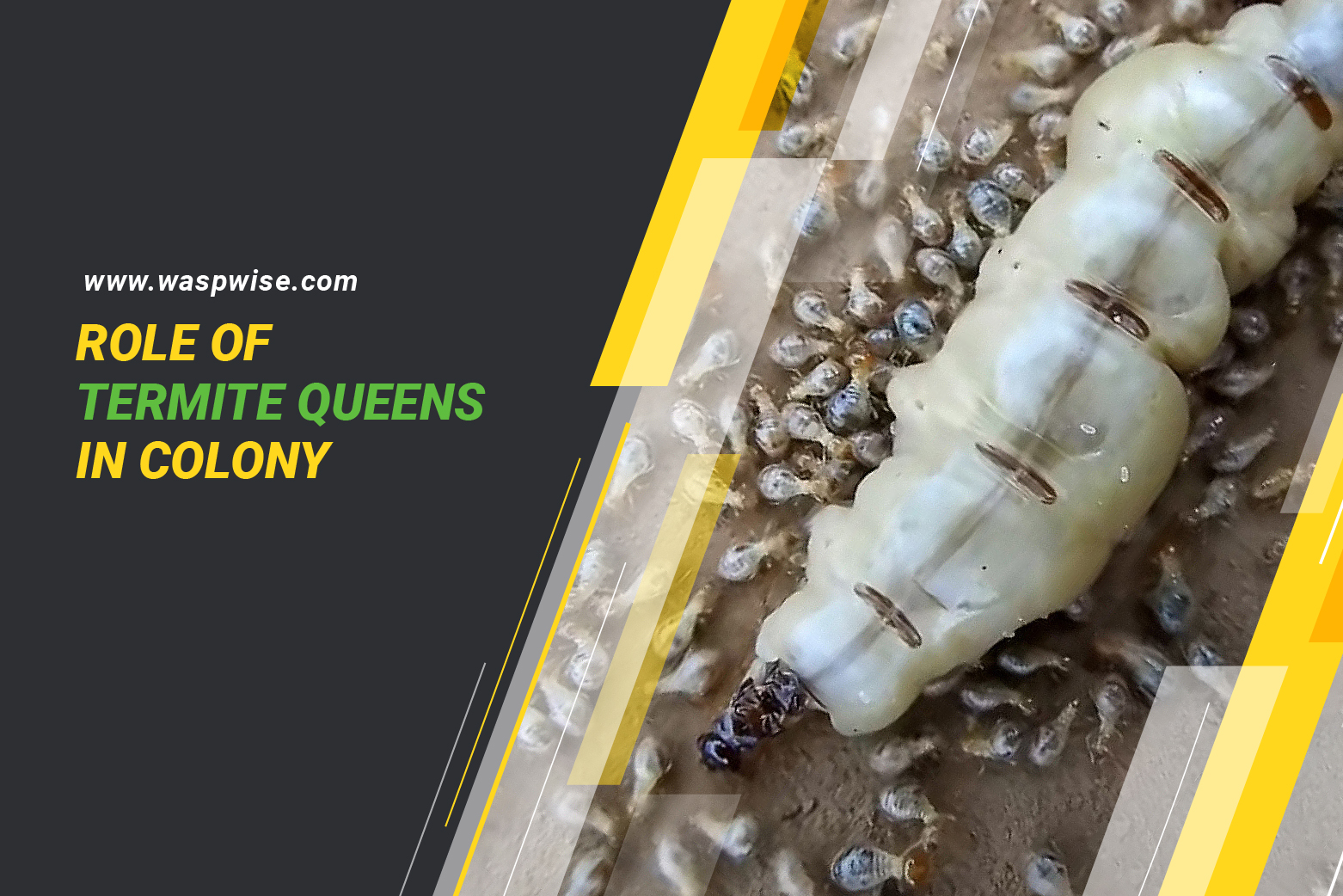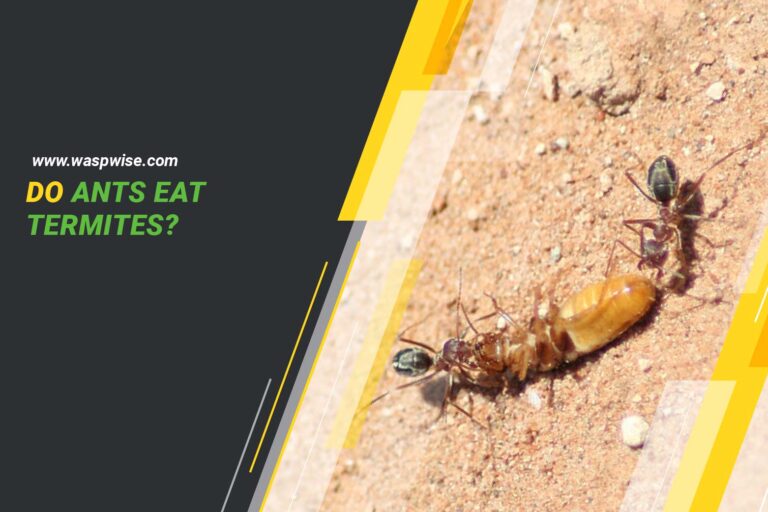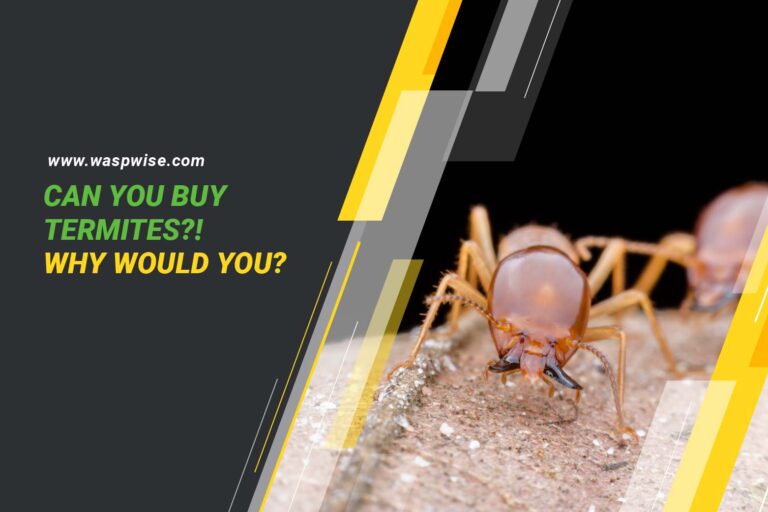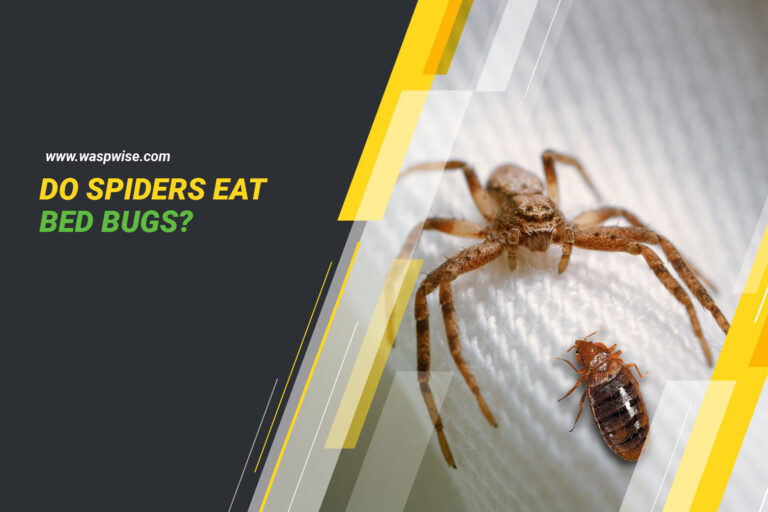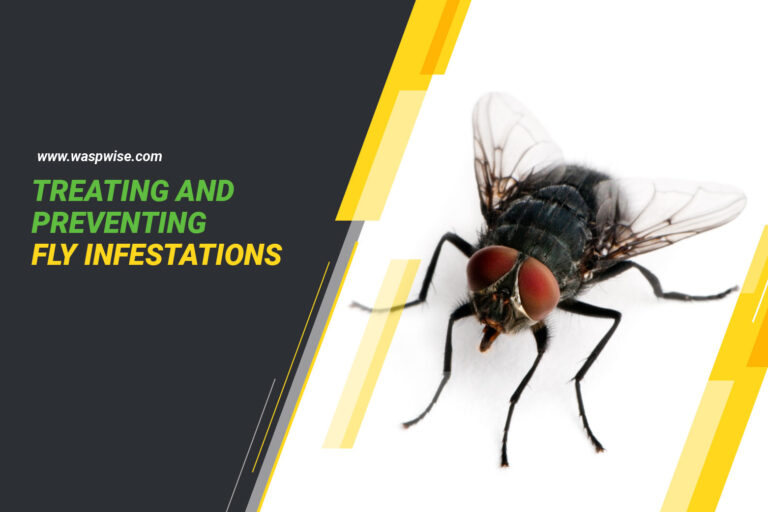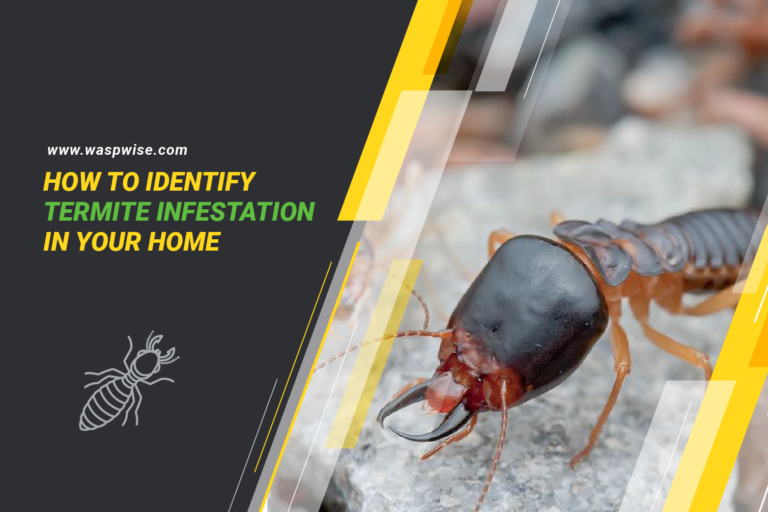ROLE OF TERMITE QUEENS IN COLONY
Termites are fascinating insects that form complex societies and colonies, with each individual playing a specific role in the colony’s function and survival. The termite queen is perhaps the most important member of the colony, responsible for producing the entire population of worker termites, soldiers, and reproductive termites. Without a healthy and productive queen, the colony would quickly perish. In this blog post, we’ll explore the vital role that termite queens play in the colony and how they have evolved to become such an integral part of termite society. We’ll delve into their reproductive abilities, the role of pheromones in regulating the colony, and how their lifespan and behavior contribute to the overall success of the termite colony.
THE LIFE CYCLE OF A TERMITE QUEEN
The termite queen is responsible for laying eggs and producing offspring that ensure the survival and growth of the colony. The life cycle of a termite queen can vary depending on the species of termite, but generally, it goes through the following stages:
- Nuptial flight: The termite queen and king will leave their colony to mate during a nuptial flight. Once they have mated, they will shed their wings and begin to search for a suitable place to start a new colony.
- Nest building: The queen and king will work together to build a nest and lay their first batch of eggs.
- Egg laying: Termite queen can lay thousands of eggs daily, lasting up to several decades, depending on the species.
- Care for the young: The queen will care for her young by grooming and feeding them until they can fend for themselves.
- Production of workers and soldiers: As the colony grows, the queen will continue egg production, which will develop into workers and soldiers, which will help to expand and protect the colony.
- Reproductive maturity: As the queen ages, she will produce more and more reproductive termites, which will go on to mate and start new colonies.
Throughout her life, the termite queen’s primary role is to lay eggs and ensure the survival and growth of her colony. She is considered the most important member of the colony, as, without her, the colony would not be able to survive.
Did you know? Termite queens are known for their longevity; some species live for up to 25 years or more. That’s longer than most dogs!
THE TERMITE QUEEN’S ROLE IN COLONIZATION
The termite queen’s role in colonization is vital to the success of a new colony. The termite queen and king are the reproductive members of the colony and are responsible for producing new members of the colony’s caste system. When a termite queen and king mate, they will establish a new colony in a suitable location, usually in soil or wood.
The queen’s primary role during colonization is egg-laying which will develop into workers, soldiers, and reproductive termites. As the colony grows, the queen will continue to lay eggs, which will help to expand and strengthen the colony.
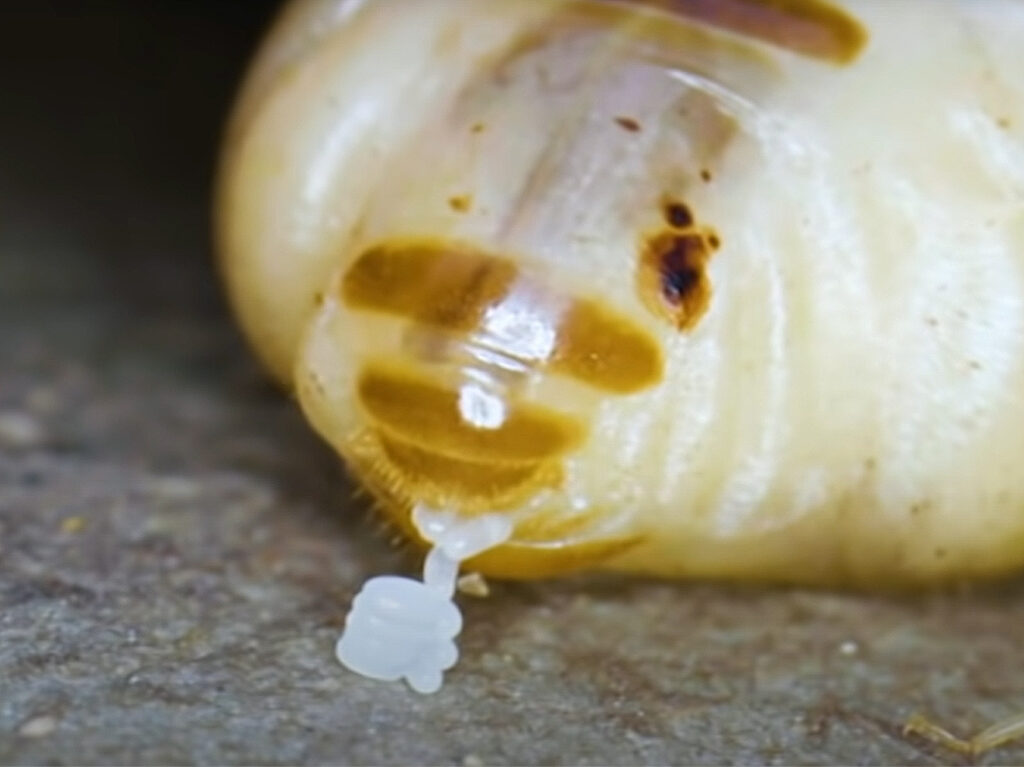
The queen’s pheromones are also essential during colonization, as they help to attract other termites to the new colony and establish a hierarchy within the colony. The queen’s pheromones also help to regulate the behavior and development of the other termites in the colony.
The termite queen’s lifespan is also essential to the colony’s success, as some termite species can live for several decades and continue to lay eggs throughout their lives. This ensures a constant supply of new termites to help the colony grow and thrive.
NUTRITIONAL REQUIREMENTS OF THE QUEEN TERMITE
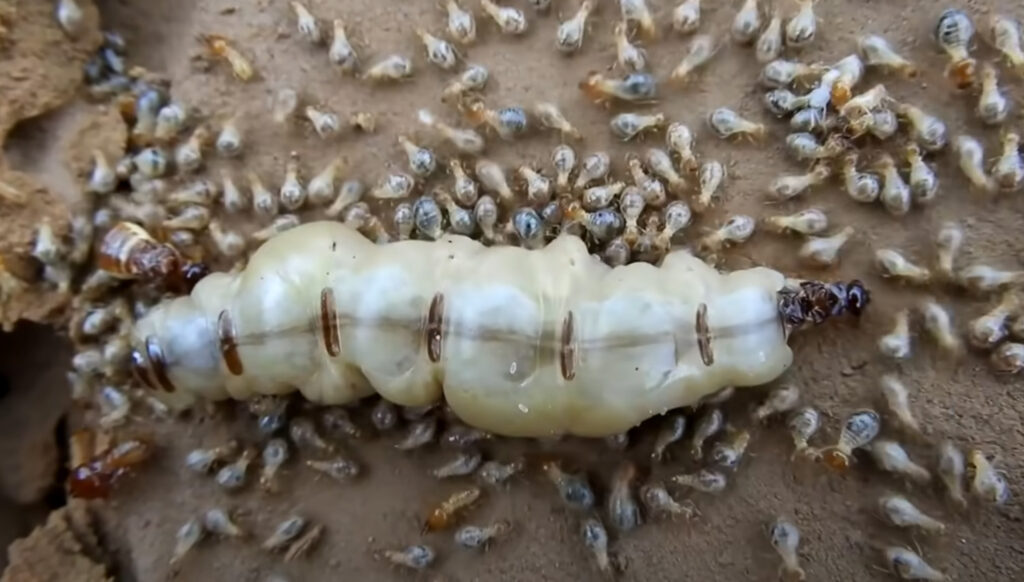
During the early stages of development, the young termite queen is fed by the workers with a special secretion known as “royal jelly,” which is rich in protein and essential nutrients. This helps to ensure that the queen develops properly and can lay eggs.
As the queen reaches maturity and begins to lay eggs, she requires a diet that is rich in carbohydrates to provide her with the energy needed to produce eggs continuously. Some termite species also require a diet rich in cellulose, which is obtained by breaking down wood or other plant materials.
The workers in the colony play a crucial role in providing the queen with the necessary nutrients. They gather food and feed it to the queen, ensuring that she has a continuous supply of nutrients.
THE SOCIAL STRUCTURE OF THE TERMITE COLONY
The social structure of a termite colony is highly organized and hierarchical, with different types of termites carrying out specific roles and responsibilities.
- Queen: The queen termite is the largest member of the colony and is responsible for laying eggs that will develop into other termites. She is the focal point of the colony and is usually located deep within the nest.
- King: The king termite is responsible for fertilizing the queen and producing new offspring.
- Workers: Workers are the most numerous members of the colony and are responsible for gathering food, caring for the young termites, and building and repairing the nest.
- Soldiers: Soldiers are larger than workers and are responsible for protecting the colony from predators and other threats. They have large mandibles that they use to defend the colony.
- Reproductives: Reproductives are responsible for establishing new colonies. They are often winged and leave the colony in swarms to find a suitable location for a new nest.
- Supplementary reproductives: Supplementary reproductives can replace the queen if she dies or is removed from the colony. They are smaller than the queen but can lay eggs and produce offspring.
- Nymphs: Nymphs are immature termites that will develop into workers, soldiers, or reproductives depending on the colony’s needs.
The social structure of the termite society is highly organized, with each type of termite carrying out specific roles and responsibilities to ensure the survival and growth of the colony. The queen and king are the focal points of the colony, and their offspring will develop into the different types of termites required for the colony’s success. The workers, soldiers, and reproductives work together to maintain the nest, gather food, and defend the colony.
PREDATION AND PARASITISM OF TERMITE QUEENS
Termite queens are vulnerable to predation and parasitism, as they are the most important members of the colony, and their loss can have devastating effects on the entire colony.
Predators like birds, reptiles, and mammals may feed on termites, including the queen. To protect themselves from predation, termites build complex nests and tunnels that are difficult for predators to access. Some termite species also have soldiers that are specifically trained to defend the colony from predators.
Parasites such as mites, nematodes, and fungi may also target termite queens. These parasites can weaken or kill the queen, causing the colony to fail. To prevent parasitism, termites engage in grooming behaviors that help to remove parasites from their bodies.
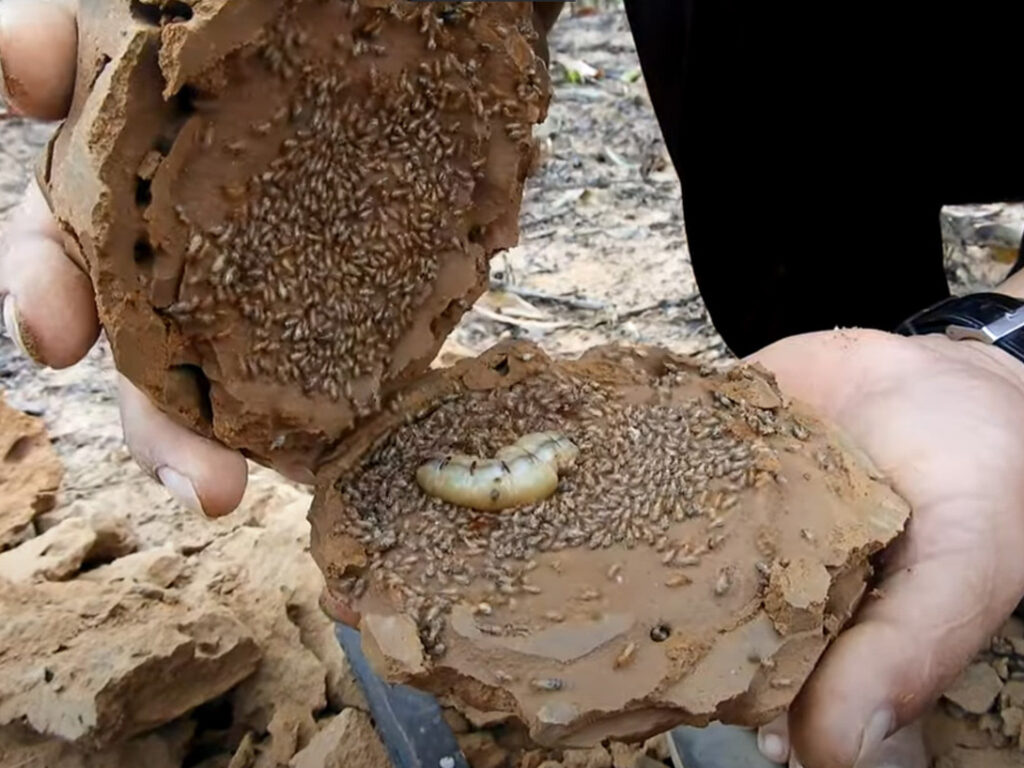
CHEMICAL COMMUNICATION BETWEEN TERMITE QUEENS AND OTHER COLONY MEMBERS
Termites use pheromones to communicate with each other and to signal different aspects of their life.
The queen termite produces a variety of pheromones that regulate the behavior of other termites within the colony. For example, the queen’s pheromones can signal workers to care for the brood or to feed the queen. The queen’s pheromones can also influence the development of other reproductive termites within the colony, such as supplementary reproductives.
In addition to the queen’s pheromones, workers and other termites also produce pheromones that play important roles in colony behavior. For example, workers produce trail pheromones that guide other workers to food sources, while soldier termites produce alarm pheromones to signal danger and trigger defense behaviors.
Chemical communication also plays a critical role in termite reproduction. When a colony becomes overcrowded, winged male and female reproductive termites will emerge from the colony in a swarm. The termites will release pheromones to attract mates and locate suitable nesting sites.
If the queen dies, the colony may produce a new queen from one of the secondary reproductives within the colony. The new queen will take over egg production and ensure the colony’s survival.
SIGNIFICANCE OF THE TERMITE QUEEN TO THE ECOSYSTEM
Termite colonies can be a major pest problem for homeowners and businesses, causing significant damage to structures and costing billions of dollars in pest control each year. Effective termite control requires identifying and treating the nest or nests, which can be challenging since they are often hidden within walls or underground.
However, these little creatures are known as ecosystem engineers for the ecosystem, as they play a critical role in the decomposition of dead plant material and the cycling of nutrients in the soil. The queen is the central figure in a termite colony, and her reproductive capacity ensures the continuation of the colony and its vital ecosystem functions.
Termite colonies consume and break down vast amounts of organic matter, including dead trees, logs, and other plant material that would otherwise accumulate and become a fire hazard. This process helps to return nutrients to the soil, which other plants and animals can then use.
Additionally, termite colonies serve as a food source for many other animals, including birds, reptiles, and mammals. Many of these species would struggle to find enough food to survive without termite colonies.
In some cases, the termite queen may even play a role in mitigating the effects of climate change. Certain species of termites can sequester carbon in their nests, helping to reduce carbon emissions in the environment.

